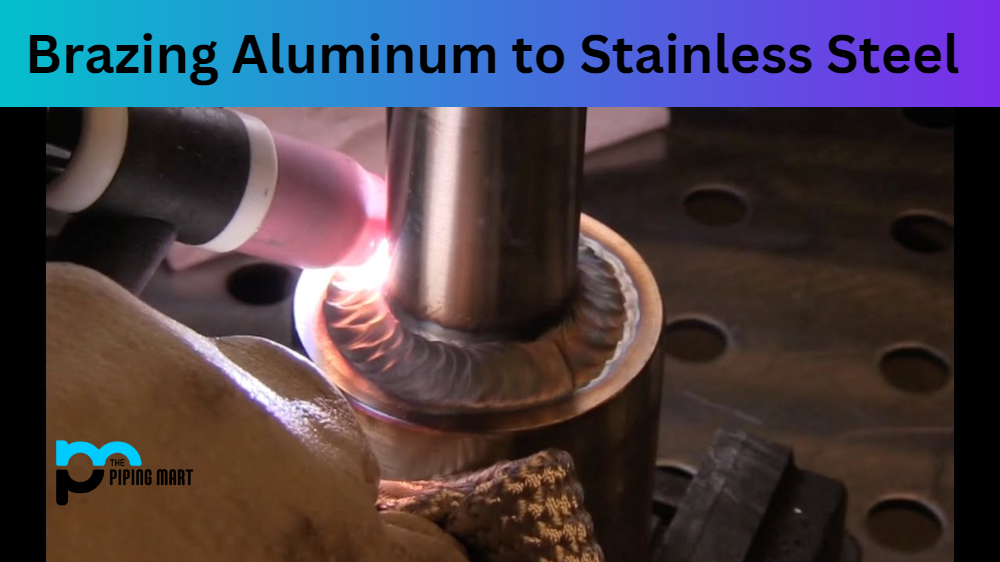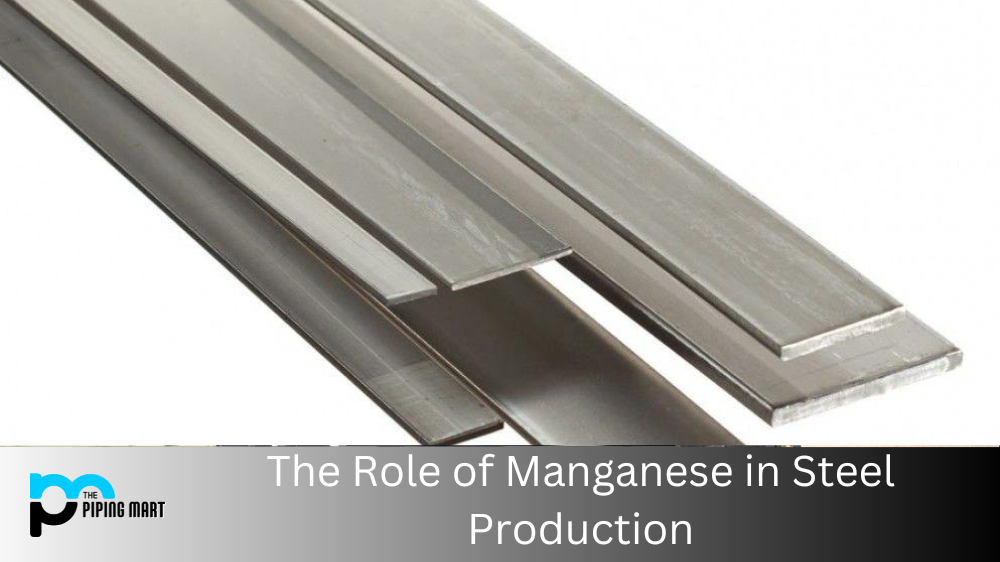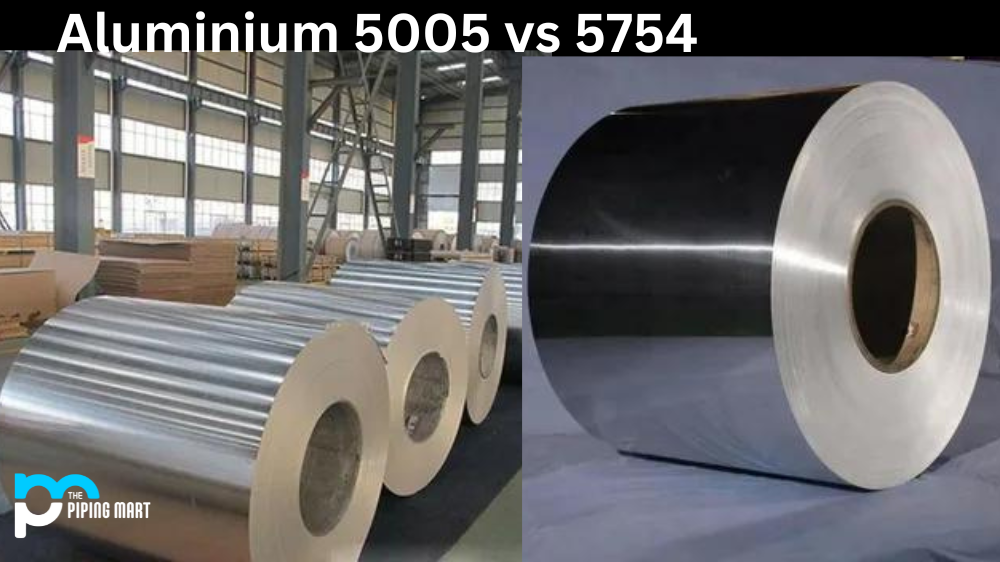Brazing is a metalworking process used to join two metals together. The process involves melting a filler material, or “braze alloy”, into the joint between the two metals. This can be tricky, but when done correctly, it creates a strong bond that lasts for years. One common application of brazing is joining aluminium with stainless steel. Here’s what you need to know about successfully brazing aluminium to stainless steel.
Choose Your Materials Carefully
Aluminuim and stainless steel require different braze alloys for successful brazing. For most applications, you’ll want an aluminium-silicon-copper (AlSiCu) alloy for aluminum and nickel-silver (NiAg) for stainless steel. Both alloys are available in paste form from most metalworking suppliers and will make your job much easier than traditional powder alloys would. Before purchasing any braze materials, double-check with your supplier to ensure you’re getting the right stuff!
Prepare Your Materials Properly
Once you have the suitable materials, the next step is to prepare them properly for brazing. Make sure both surfaces are clean and free of rust or contaminants; use sandpaper or wire brushes if necessary. If there’s already paint on either surface, remove it with chemical solvents or abrasives before proceeding. It’s also important to apply flux – a specially formulated cleaning agent – before beginning the actual brazing process; this will prevent oxidation and ensure a strong bond between the two pieces of metal being joined. Finally, assemble your parts and clamp them firmly together using clamps or vice grips; this will keep them secure throughout the process.
Perform Your Brazing Process Now comes the fun part – actually performing the brazing process itself! Start by preheating your workpiece using a torch or furnace until it reaches 500°F (260°C). Once everything is hot enough, apply your braze alloy directly over the top of the joint area between the two pieces of metal being joined. Allow it time to melt into place before cooling down naturally – this usually takes around 10 minutes, depending on how thick your workpiece is. Once cooled down completely, inspect your workpiece carefully for any signs of oxidation that may have occurred during brazing; if you detect any flaws in your joint, repeat the entire process again until you get it just right!
Conclusion:
With careful preparation and practice, anyone can learn how to successfully braze aluminum to stainless steel with ease! All it takes is patience, attention to detail, and quality materials like AlSiCu and NiAg braze alloys that are specifically designed for joining these two types of metals together without compromising their structural integrity. Keep these tips in mind as you go through each step to achieve perfect results every time!

A passionate metal industry expert and blogger. With over 5 years of experience in the field, Palak brings a wealth of knowledge and insight to her writing. Whether discussing the latest trends in the metal industry or sharing tips, she is dedicated to helping others succeed in the metal industry.




